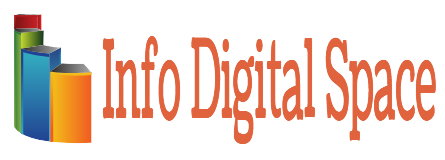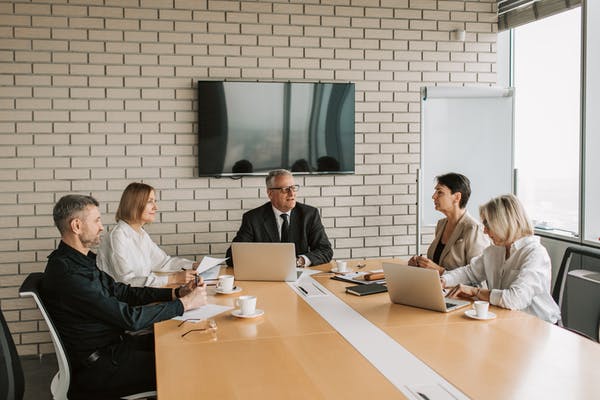A Comprehensive Guide to Foreign Exchange
The foreign exchange market, or forex, consists of a global decentralised network of buyers and sellers exchanging currencies at predetermined rates. If you’ve ever travelled internationally, you’ve probably engaged in a forex transaction before since it’s how people, businesses, and central banks exchange one currency for another, commonly in a web trader platform. Currency conversion serves several beneficial uses, but for the most part, it is done for financial gain. And due to the high volume of daily transactions, fluctuations in the value of various currencies may be relatively large. As such, for traders, the vast potential for profit, as well as the higher inherent risk of forex trading, is what makes it so alluring.
How Do Foreign Exchange Markets Function?
Foreign exchange (FX) trading occurs off-exchange, or OTC, between two parties instead than via centralised marketplaces like those for stocks or commodities. London, New York, Sydney, and Tokyo are the four main forex trading centres spanning four separate time zones that make up the worldwide forex market. And due to the lack of a regulating body, foreign exchange (Forex) trading is possible around the clock. So, when discussing the foreign exchange market, one must distinguish between three subsets:
- The spot forex market is when currency pairs are traded physically at the moment of the deal, and the transaction is resolved immediately or very quickly after that, thus the name.
- In the forward FX market, buyers and sellers agree on a future date and price to transact a certain quantity of money.
- On the future foreign exchange market, parties agree to purchase or sell a certain quantity of currency at a specific future price and date. In contrast to forwards, a futures contract is binding on both parties.
- Most currency traders who speculate on market movements do not intend to acquire the currency they bet on but profit from exchange rate changes.
What Exactly Are Base and Quote Currencies?
The first currency specified in a forex pair is the base currency, while the second is the quote currency. The price of a forex pair is the equivalent of one unit of the base currency in the quotation currency since foreign exchange trading usually includes selling one currency to acquire another.
There is a three-letter code for each currency pair, with the first two letters representing the location and the third representing the currency. For instance, the currency pair GBP/USD entails the sale of US dollars and the purchase of the British pound. With that in mind, the following example uses British pounds as the base currency and US dollars as the quote currency. One pound is currently equivalent to $1.35361.
When the value of one pound rises relative to the value of one dollar, the price of the pair rises. If it falls, the pair’s value will fall as a result. As such, you should purchase a currency pair if you anticipate that the base currency will appreciate versus the quotation currency (going long). You may sell the pair if you anticipate a decline (going short).
In foreign exchange or forex trading, you purchase one currency while selling another. And in the past, most FX deals would have to go via a broker; now, with internet trading via a web trader, FX price fluctuations may be profited from using derivatives such as CFD trading. Because CFDs are leveraged products, you may initiate a trade with a much less capital outlay than the fundamental value of the underlying asset. So, you don’t buy the asset as you would with non-leveraged products; instead, you take a bullish or bearish stance on the market. Meanwhile, equally enlarged losses can offset leveraged products’ magnified gains if the market turns against you.
Read more interesting articles at Info Digital Space











